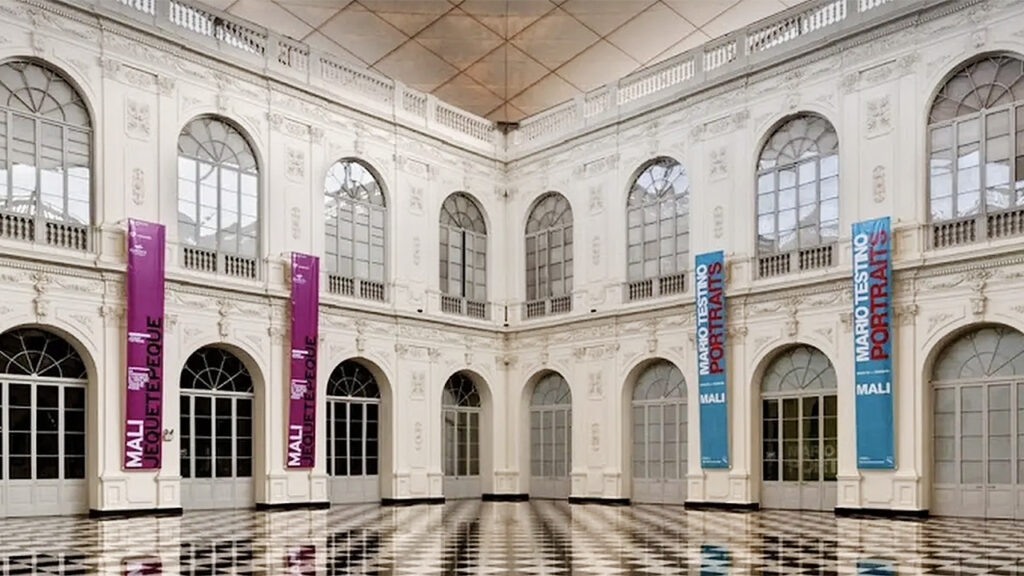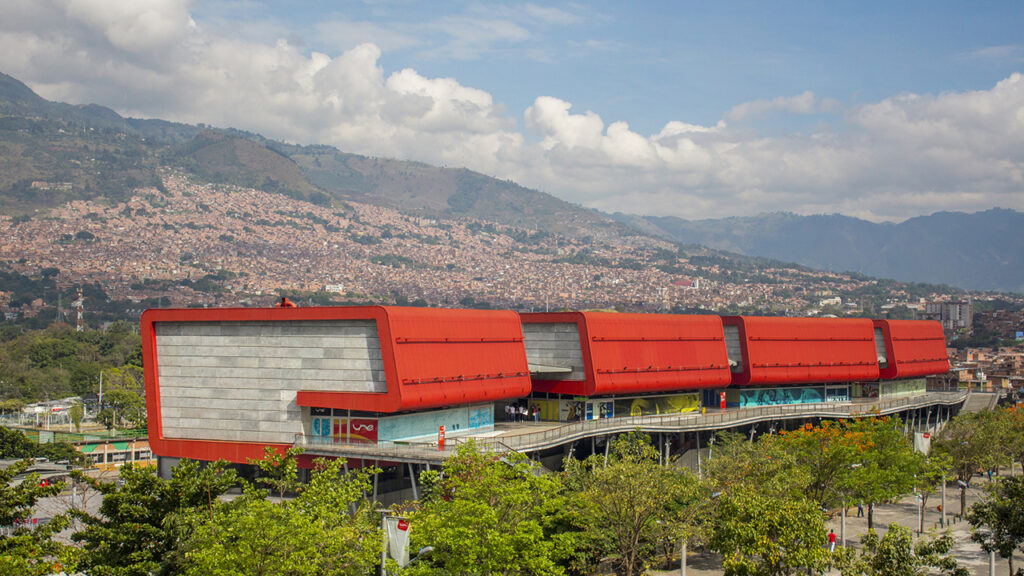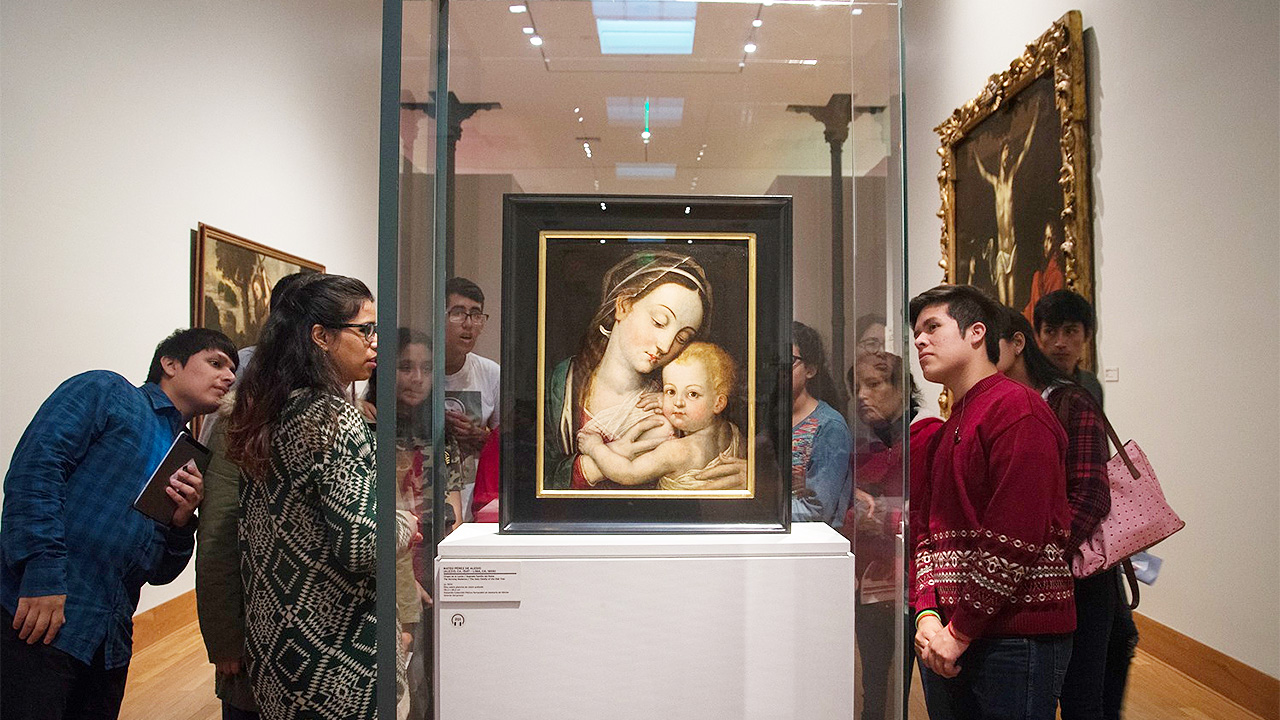This year, MCN 2021 Virtual, Museum Computer Network’s annual conference, features four international spotlights exploring the theme “What is digital now?” from the regional perspectives of Asia-Pacific, the Middle East and Africa, Europe, and Latin America.
As the conference’s media partner, Jing Culture & Commerce is spotlighting key learnings from these sessions on how cultural organizations across the globe are forging a digital future. Read more of our coverage here.
Session
“Current Horizons of Latin American Museums”
Key panelists
Andres Roldan, Executive Director, Parque Explora
Ana Martí, Associate Professor, Universitat Politècnica de València
Americo Castilla, Director, Fundación TyPA – Theory & Practice of the Arts. Argentina
Florencia Croizet, Cultural Manager, Argentina’s National Ministry of Culture
Raphaël Guyard, Digital Coordinator, Lima Museum of Art
Key takeaways
What connects cultural institutions spread across two continents, divided by language differences, and born of distinct historical factors? “Shared social values to make decolonial demands,” suggested Castilla; the need to open collections, posed Croizet, Culture Manager at Argentina’s National Ministry of Culture; a lack of funding, joked Guyard.

Lima Museum of Art’s collections are available digitally on eMuseum and Google Arts & Culture. Image: Lima Museum of Art
One unifier for museums spanning Argentina, Peru, Colombia, and beyond has been the experience of pandemic-forced closure. COVID-19 has proven particularly devastating in Latin America, killing upwards of 1.5 million people, fueling recessions, and spurring disparate demonstrations. Existential self-questioning has inevitably followed, forcing institutions to challenge their position in society and modes of operating.
When museums in Latin America first appeared around a century ago, they were intended to serve as pillars of society alongside hospitals and post offices, said Castilla. Today, the common identity they strove to build is troubled by contemporary reflections on colonialism and states have lost interest in providing adequate funding, forcing institutions across the region to seek out new sources. Closure during the pandemic presented museums with an invaluable moment to pause, reflect, and plan how to regain the interest of local communities.

The interactive science museum, Parque Explora in Medellín, Colombia, stepped up its online offerings over the past year, notably with educational content on YouTube and Instagram. Image: Parque Explora
“The museum is a persona, not a place,” was one refrain offered by panelists throughout the day. This notion gained another dimension once museums closed and ramped up their online activities. The digital acceleration has boosted accessibility, with the likes of Parque Explora carefully crafting educational experiences on YouTube and Instagram, but it still assumes a certain level of digital connectivity. As several attendees noted, access to stable internet in Latin America should not a given and organizations might consider “channelling their persona” via text message or WhatsApp, two ubiquitous modes of communication regionally.
Key quote
“We were not born in the digital era and we have to analyze what we have to offer as museums and who needs it. We have know-how in storytelling and we need to create open access to democratize our collections, so teachers and communities can use our collections.” — Florencia Croizet, Culture Manager, Argentina’s National Ministry of Culture



